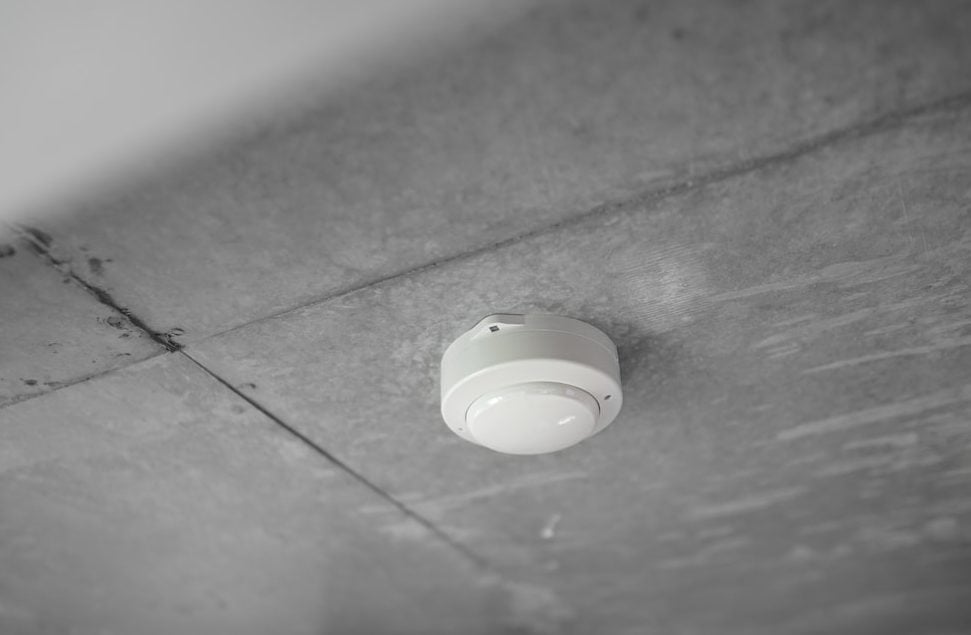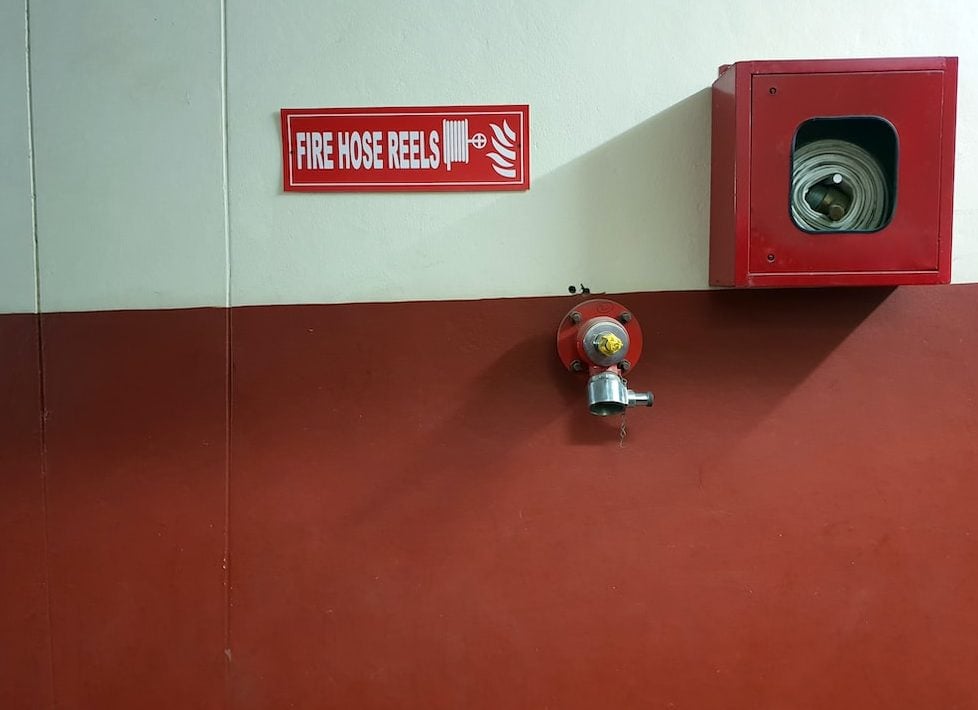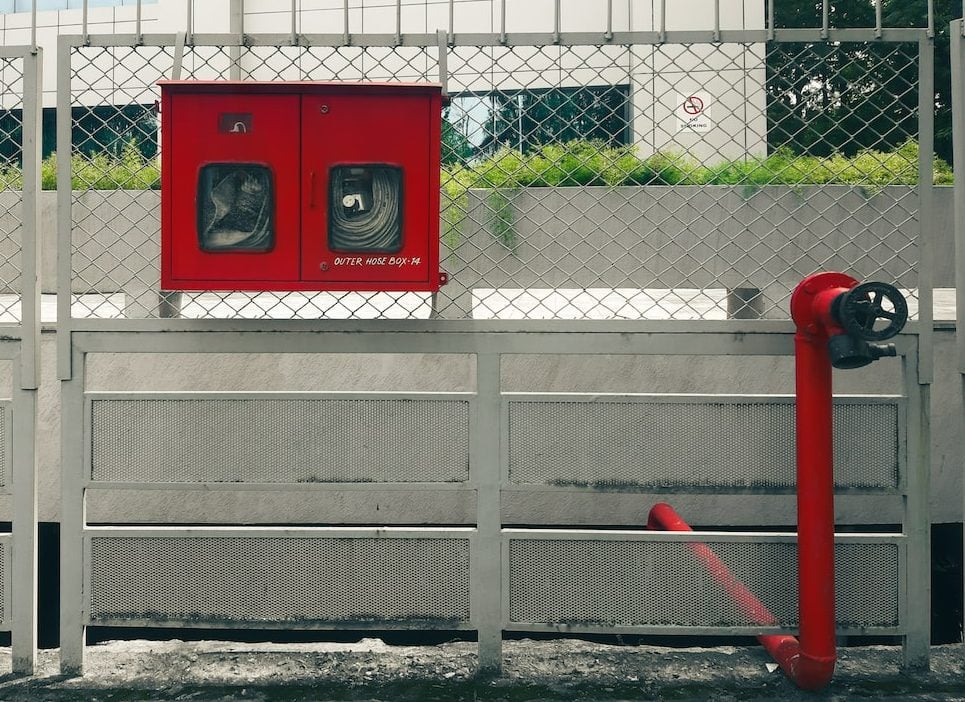BLOGS
Different Kinds Of Fire Alarms For Your Home
It is important that you pick a fire alarm system for your home that is specifically tailored to your requirements. It is crucial to take into account the size of your property when picking a new system, as well as how it operates and how it will best secure your possessions.
But how many different kinds of fire alarms exist? We’re outlining every sort of fire alarm system available so you can weigh your options and make the best decision possible.
What is a Fire Alarm?
A standalone device or a full network of devices put in a structure or an area that provides auditory and/or visual warning of a fire outbreak in that building or area is referred to as a fire alarm. Depending on the technology, it may be fully automatic, semi-automatic, or manual. Buildings, industrial facilities, markets, offices, residences, public spaces, and some forms of transportation must all have alarm systems.
A Fire Alarm System consists of a number of interconnected devices that detect the presence of smoke, fire, carbon monoxide, or other emergencies and alert people by visual and audible devices. These alarms can be set off manually using devices like manual call points or pull stations, or they can be set off automatically by smoke detectors and heat detectors.
Alarms come in the form of wall-mounted sounders, horns, or mechanized bells. They can also be (speaker strobes) that sound an alert and then play an evacuation announcement warning occupants not to use the elevators. Depending on the nation and manufacturer of the device, the fire alarm control sounders and can be adjusted to specific frequencies and different tones, including low, medium, and high.

Parts of a System:
- Fire alarm control panel (FACP) AKA control unit (FACU).
- Primary power supply.
- Secondary (backup) power supplies.
- Initiating devices.
- Manually actuated devices; also known as fire alarm boxes.
- Automatically actuated devices
- Notification appliance.
- Building safety interfaces.
System Categories: Automatic vs Manual Systems
There are two types of commercial fire alarm systems that can be distinguished:
This is a manual fire alarm system that is manned and controlled by a human around-the-clock.
It is a fire alarm system that activates automatically in the presence of fire or smoke.
They can easily tell one another apart. Both require human supervision, but only one does.
Types of Fire Alarm Systems
You should be aware of the various types of fire alarm systems available before deciding to replace an outdated fire alarm. Conventional and addressable fire alarm systems are the two basic varieties. These systems’ many parts can either be automated or manually operated.
It’s time to break down the different types of Fire Alarms Systems. The fire alarm system is out there for every space, from wireless systems to traditional fire alarms. The main distinctions are listed below to help you in your search.
-
Two-Wire Fire Alarm Systems
The call points, detectors, and alarm devices are wired to two zones of cables that lead back to the control panel in a two-wire fire alarm, which is based on the conventional standard system but uses a two-wire system instead. This two-wire system offers increased flexibility as well as additional advantages like detector recognition and isolation.
This system is typically used in smaller locations, is quick to detect smoke and less expensive to install, but it costs more up front.

-
Wireless Fire Alarm Systems
You can have a fire alarm with a wireless system as there are no cords connecting the detection equipment and the control panel. For more functionality, this system depends on multi-frequency links that keep the signal strong enough to provide ongoing security. Although this system may cost more up front, installation takes less time and is more adaptable. Additionally, it doesn’t require as much cabling as a wired system, making it ideal for homes where wiring is prohibited.
-
Conventional Fire Alarm Systems
Those devices and panels that are hooked separately to the control panel is a conventional fire alarm system.
Smaller houses usually employ the 4-wire conventional fire alarm system. With the help of this system, an area is divided into various detecting zones, each of which is wired to a specific circuit in a control panel. This makes it possible to place numerous detectors in each zone, and in the event that a fire is discovered, the panel will display which zone the signal originated from. However, because it shares a zone, it must be personally inspected to determine the precise position of the fire, which is why it works best in tiny areas.
This is among the most cost-effective alarm systems, and many stores and eateries opt to rely on it.
-
Analogue-Addressable Fire Alarm Systems
An intelligent system whose parts are linked to the control panel and each other is described as an addressable fire alarm system. You are able to establish manual and automatic alarms in various locations of the building using an addressable fire alarm system.
Analog-addressable systems really notify the specific detector that detected smoke, in contrast to traditional systems that share a detected fire depending on the zone. This system’s precision makes it a dependable option for large commercial buildings that require more precise detection of a fire that might not be immediately visible or easy to identify within a zone.
Additionally, this system uses less cabling than a typical one and each detector has a specific address to directly communicate the location of a fire, heat source, or smoke.
Because they enable the hardwired and wireless detection systems to collaborate to form a more specialized and effective whole, hybrid fire alarm systems are the ideal solution. In other words, the addressable system can act as a reliable fallback if something breaks the cables of the conventional system.
-
Aspirating Smoke Detection Systems
An aspirating system is one of the more sensitive fire detection alternatives available, and it can detect even the smallest flames considerably more quickly than other systems. This is accomplished by using a blower to draw air from the structure, which is then sent through a detector to look for any indications of probable smoke particles.
This system is expensive to build and maintain despite being extremely sensitive and dependable. However, they are fantastic when you require the quickest smoke or fire warning.

What type do you need?
The appropriate fire alarm for your needs will depend heavily on the size of your area, the available wiring, and your particular needs or industry. Fire alarms are not one size fits all. The finest fire alarm for a large building will differ greatly from that for a small shop. A system like the analog-addressable one works best in larger places to pinpoint the location of a fire so you won’t have to scour a huge building for it. A traditional approach will work just well in a tiny boutique, where this detail isn’t required.
Speak with a fire alarm installation firm once you’ve determined what kind of system would be most effective in your building. They’ll assess your building, work with the local building code standards, and the Authority Having Jurisdiction. They will adhere to the regulations and decide which parts of the fire alarm system are necessary, how many are needed, and where they should be installed throughout the building. The new fire alarm system will be tested to make sure it complies with all local laws and NFPA standards by the fire and life safety company.
Suggested Read: Smart Home 101: 5 Types Of Technology To Buy In 2022
Suggested Read: What You Need To Know About Crosswinds Tagaytay
Suggested Read: What Are The Different Real Estate Financing Options
Suggested Read: Smarter Home: FiveNew Home Gadgets Of 2023
Suggested Read: Safety 101: Fire Code Of The Philippines















